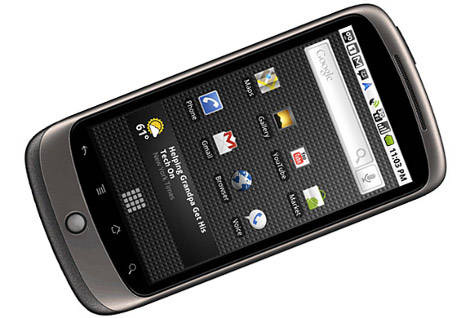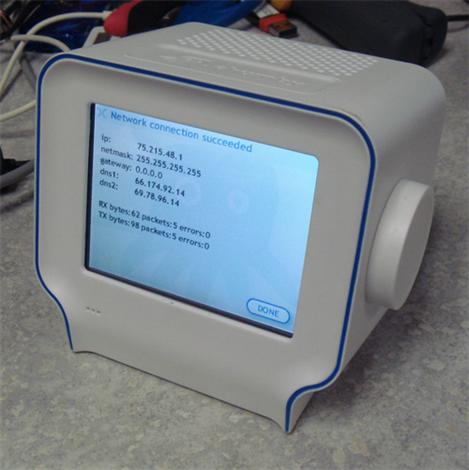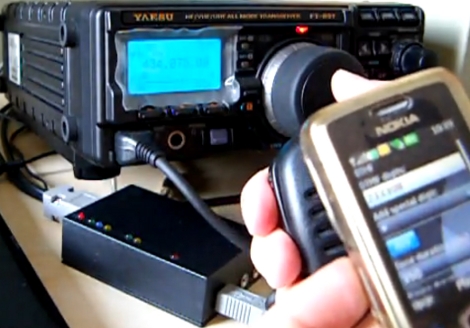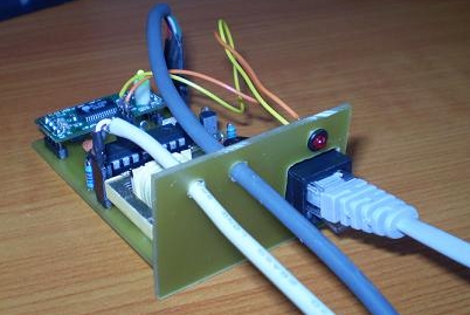[youtube=http://www.youtube.com/watch?v=3-bLOc1qnMM]
[Sven Killig] Has managed to get his Nexus One into USB host mode. This allows him to plug in all kinds of peripherals such as web cams, keyboards, even a displaylink unit. This is fantastic as it really opens up the possibilities of this device. You can see that he now has an amazingly functional and portable system running. He mentions that it is pretty stable unless he runs big programs, we wonder if he has added any RAM to it. It is worth noting that the Droid can be USB host as well.















